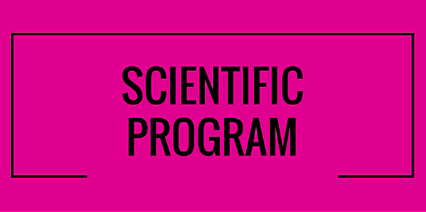
Mahi R. Singh
Professor, University of Western Ontario, Canada
Title: Applications of Metallic Nanoparticles in Biosensors and Bioelectronics
Biography
Biography: Mahi R. Singh
Abstract
Recently there is considerable interest to study metallic nanoparticle for the application of biosensors and bioelectronics [1-4]. Noble-metal nanoparticles are known to enhance emission rates of quantum emitters (QEs) significantly by decreasing their radiative lifetime and increasing their quantum yield [1-2]. The enhancement of the emission in QEs such as molecular fluorophores is a highly useful strategy for improving detection sensitivity and selectivity in many emerging applications in biosensors and bioelectronics, and DNA screening. Recently, there is considerable interest to study hybrid systems made of biocompatible fluorescent molecules and metallic double nanoshells (DNSs) for biomedical imaging and for the detection of disease markers in the near-infrared wavelength region. The penetration depth of near-infrared light is large in most biological media. It is found that these hybrids have large absorption coefficients and high quantum yields in the far-infrared region. Here we study the light emission from quantum emitter and double metallic nanoshell hybrid systems. Quantum emitters act as local sources which transmit their light efficiently due to double nanoshell near field. The double nanoshell consists a dielectric core and two outer nanoshells. The first nanoshell is made of a metal and the second spacer nanoshell is made of a dielectric material or human serum albumin. We have calculated the fluorescence emission for a quantum emitter-double nanoshell hybrid when it is injected in an animal or human body. The outer spacer nanoshell of double metallic nanoshells consists of silica and human serum albumin with variable thickness. We find that the thickness of the spacer nanoshell layer increases the enhancement when the fluorescence decreases. The enhancement of the fluorescence depends on the type of quantum emitter, spacer layer and double nanoshell. We also found that the peak of the fluorescence spectrum can be shifted by changing the shape and size of the nanoshell. The fluorescence spectra can be switched from one peak to two peaks by removing the degeneracy of excitonic states in the quantum emitter. Hence using these properties, one can use these hybrids as biosensing and switching devices for applications in bioelectronics.

